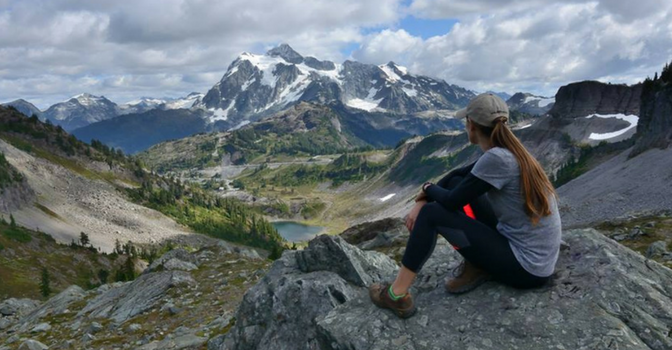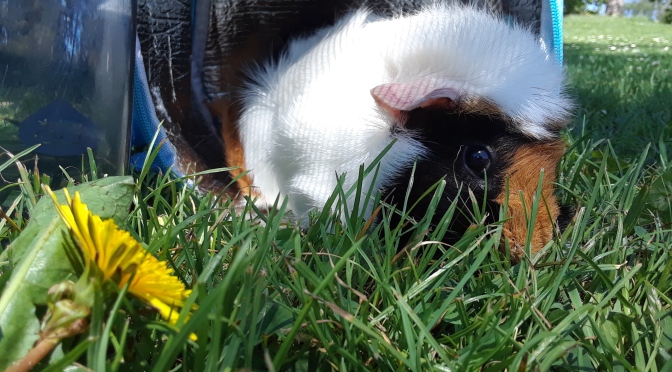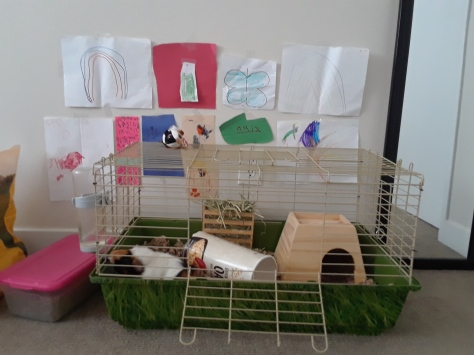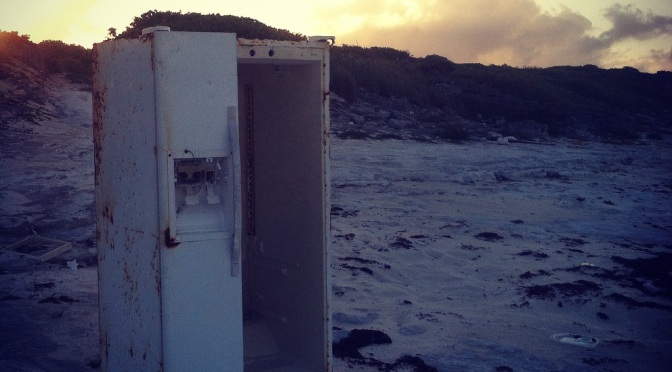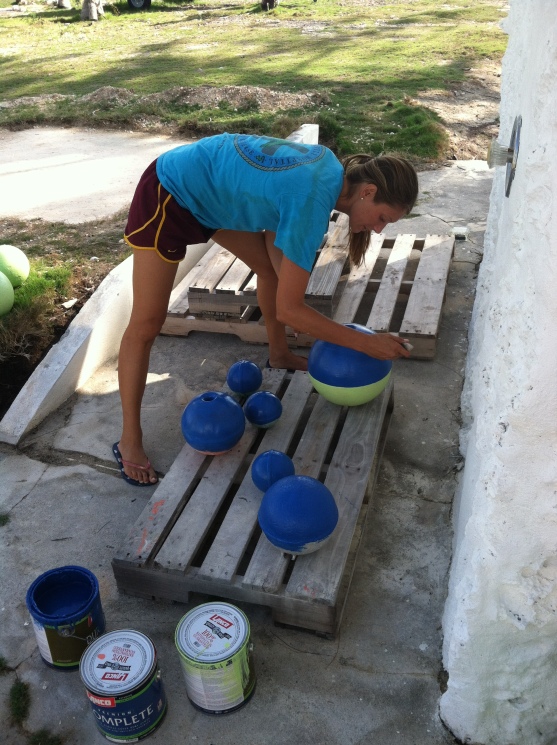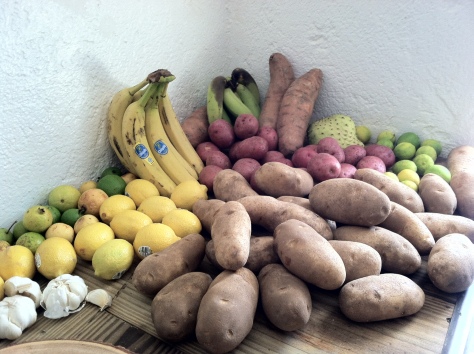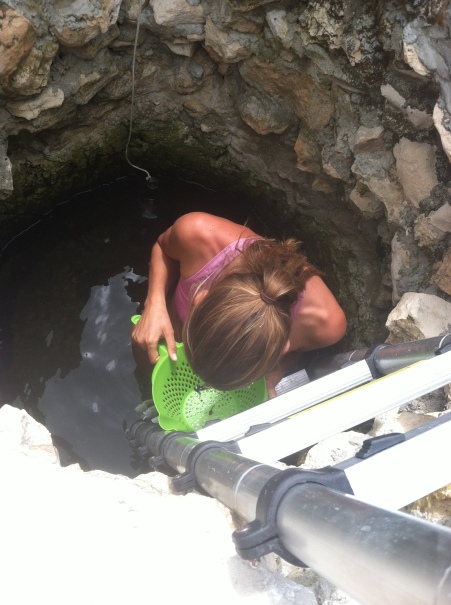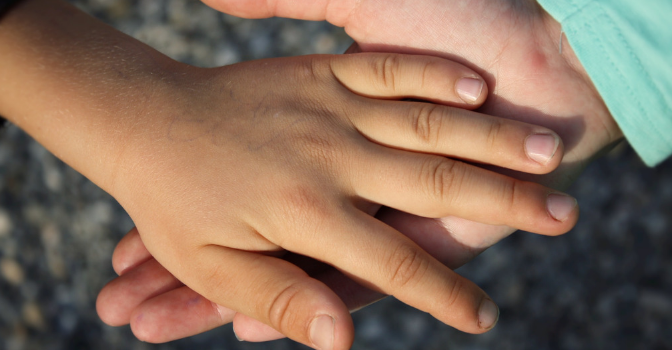In one year, I will have paid off my undergrad student loans. For the past 10 years, I allocated $289/month on an average annual salary of $25,000 doing what I loved. I made it work by transferring $1,000 every few months into a separate bank account solely for auto payments for my student loans. Out of sight and out of mind made the payments less overwhelming and allowed me to more practically budget my living expenses.
Soon, I will be entering into student debt once again as I’ve made the decision to pursue my Master’s degree–something I never intended on pursuing. But my career path has taken me a different way. Perhaps one day I’ll circle around again to my zoological roots, maybe open that dream animal sanctuary for animals and people with disabilities. The future is unwritten. And though I’m working toward a future with my decision to pursue my Master’s, I’m also choosing to live wholly in the present.
I’ve never been happier in my career choice than I am now teaching children. It was a fluke occurrence that saw me becoming a temporary substitute teacher in Seattle which led me to fall in love with a classroom of 8 students with special needs–and more specifically, one little boy for whom I would become his 1:1 throughout the remainder of the school year. Each day was a challenge, and the long-awaited rewards came in small glimpses: his little voice reminding himself, “Mistakes are just your brain growing”; independently taking himself to the calm corner to regulate his emotions; asking me to count to 10 so he could calm down.
Now in New York, I’ve been working with low income and at-risk youth in an overflowing integrated pre-k classroom of 24 students, at least half of which require individual instruction. I am EXHAUSTED at the end of the work day, but I still love going to work every day, just like I did at my school in Seattle. I find the patience to kneel down to a child wandering the room because he doesn’t understand how to find an empty seat at a table and involve him in the explanation. I find great joy in taking a child’s hand who has come to me crying because a friend wouldn’t share and walking over to that student to “solve the problem” together. Too often at-risk students are yelled at, seen as problem childs or end up slipping under the radar because they are too quiet or scared to voice their needs, perhaps not even understanding what it is they are seeking.
Maybe it’s because in my own life I have misunderstood my own emotions, succumbing to societal pressures and stigma. Maybe it’s because in coming to fully understand and accept and love myself, I can see these children for who they really are. Maybe it’s as simple as figuring out that this is where I’m meant to be. Maybe.
Whatever the reason, whatever the path, whatever the late nights and long hours ahead, I am elated to be following a new dream pursuing my Master’s in Teaching.


